Veulette-sur-Mer Church
Veulette sur Mer, FR
Built in 1041, its construction continued in the 12th and 13th centuries, placing it in a pivotal period between Romanesque and Gothic.
Here you can search for a building to visit. You can use the map find destinations, or you can use the filters to search for a building based upon what different criteria.
Veulette sur Mer, FR
Built in 1041, its construction continued in the 12th and 13th centuries, placing it in a pivotal period between Romanesque and Gothic.
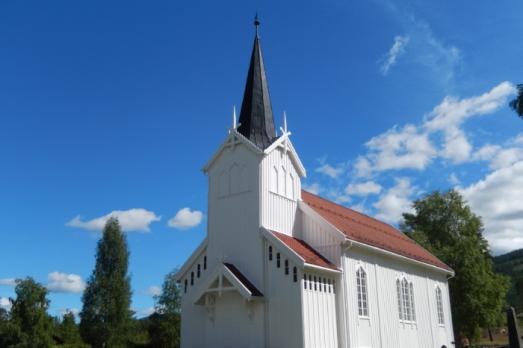
Fyresdal, NO
The Veum church is a long church dating from 1863. Veumsteinen, a runic stone which is now in the Museum of Cultural History, used to stand on a burial mound in the courtyard of the farmhouse of Veum, just south of the church of Veum.
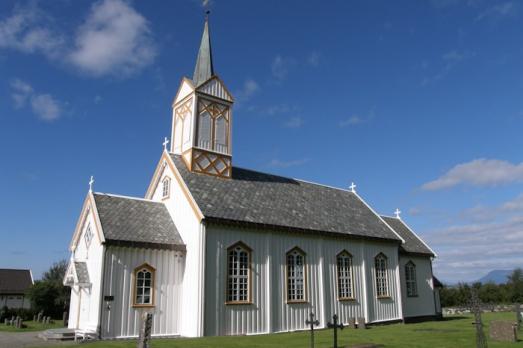
Vevelstad, NO
The Vevelstad church is a long wooden church whose first phase of construction dates back to 1796. The original church was donated to the parish by two wealthy men from the village. The altarpiece is from 1796 and was made by the Italian Joseph Pisani. The church was enlarged in height and length in 1871 and then took on its present appearance inside and out. The last restoration took place in 1981.
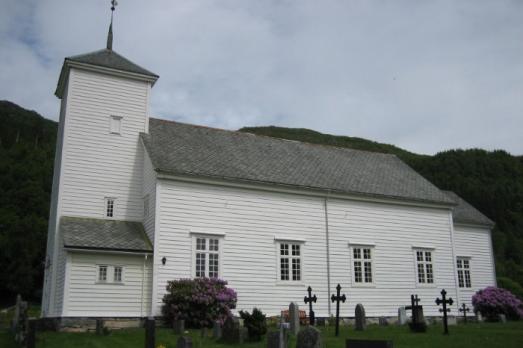
Naustdal, NO
The church in Vevring, which dates from 1846, is a wooden church with a long plan. The design of the church was inspired by the drawings of the architect Linstow.
Vézelay, FR
The Basilica of Vézelay was originally an abbey church, a place where the roads of Compostelle passed through. While a monastic community has been documented on the site since the 9th century, and the original building was destroyed by fire in 1120, the current building was built in the years 1120-1150 for the Romanesque state. The choir was rebuilt in the second half of the 12th century in a style of the first Burgundian Gothic style.
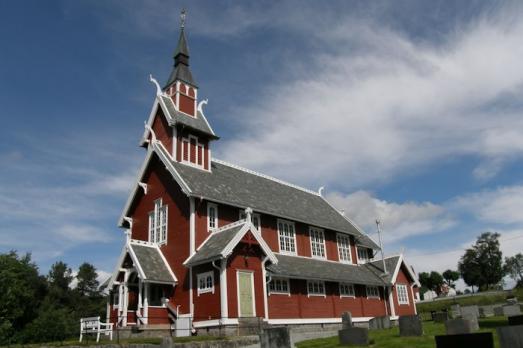
Molde, NO
The Veøy church was built in 1907 and designed by the architect Karl Martin Norum. The church has the characteristics of Dragestil's churches. Most of the churches that were built at that time are white, but this one is red with white windows and doors. Inside, the church is painted with a combination of shades of brown. The same ochre colours are found in much of the interior. Sometimes a slightly cooler colour is used for decorative details, blue, red, green and gold.
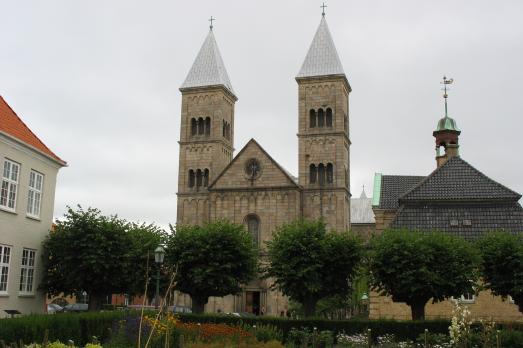
Viborg, DK
Viborg Cathedral was originally built in the 11th century, while the present church is a 19th-century building inspired by Lund Cathedral in Sweden, with no architectural links to the previous one. A fire caused by lightning in 1501 destroyed the western part of the old church as well as the ceiling. Another fire destroyed the church in 1567. In 1726 another fire burned large parts of Viborg to ashes. Of the cathedral, only the walls remained. The high spires that adorned the towers at that time fell and crushed the vaults. The church was rebuilt in the Baroque style, but in the following years it turned out that the masonry had suffered more damage than expected. After decades of denial, it was finally decided to demolish the old church. Demolition began in 1863.
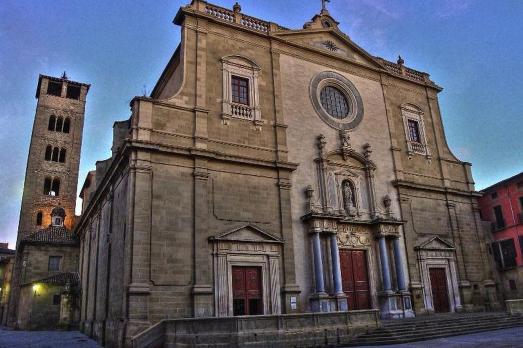
Vic, ES
Vic Cathedral was first built during the episcopate of Bishop Oliba de Vich (1018 and 1046) in Romanesque style and was consecrated in 1038 by Archbishop Wilfred of Narbonne. The bell tower and the crypt date from this period. The Gothic cloister, with its colonnade and capitals, dates from the 14th century. There are also Baroque elements such as the chapel of San Bernardo. However, the largest extension took place between 1781 and 1803, during which time the church was remodelled by Josep Moretó i Codina, who gave it its current neoclassical character.
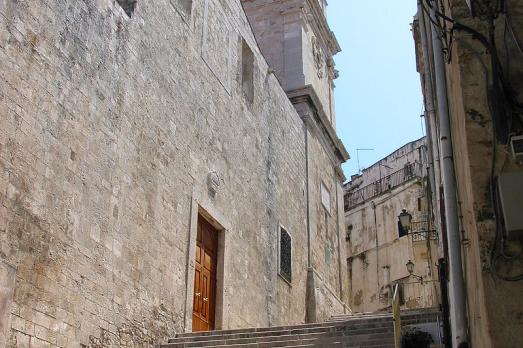
Vieste, IT
The Cathedral of Vieste was built in the 11th century, but its original Romanesque structure was modified over the centuries by the destruction caused by the 1223 earthquake, the Saracen raids and the 1646 Gargano earthquake. These events made it necessary to rebuild the façade (second half of the 18th century) and the bell tower, which collapsed in 1772.
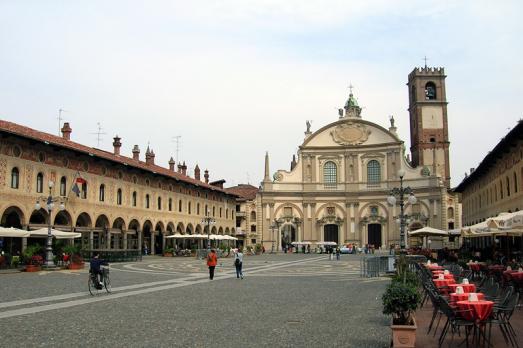
Vigevano, IT
The construction of Vigevano Cathedral dates back to the 16th century, with a western façade dating back to the 1670s. The original structure was built before the year 1000. The present building was commissioned by Duke Francesco II Sforza around 1530. Construction began in 1532 under the direction of Antonio da Lonate. It was not completed until 1612. The building was consecrated on 24th April 1612.

new
As a university city, cultural offerings abound in Tartu and will reach their peak after being designated one of three European Capitals of Culture for 2024. In this list, we've compiled the most interesting sacred places to visit in and around the old town.

Bodø has evolved from a picturesque fishing village to a bustling cultural epicentre in the northeastern Norwegian county of Nordland. Here is a list of the top churches to visit in Bodø, the only European Capital of Culture above the Arctic Circle.

The small Austrian spa town of Bad Ischl is known for its beautiful nature and peaceful atmosphere. Emperor Franz Joseph I of Habsburg, described it as an "earthly paradise". Here is a list of religious heritage sites you should visit.